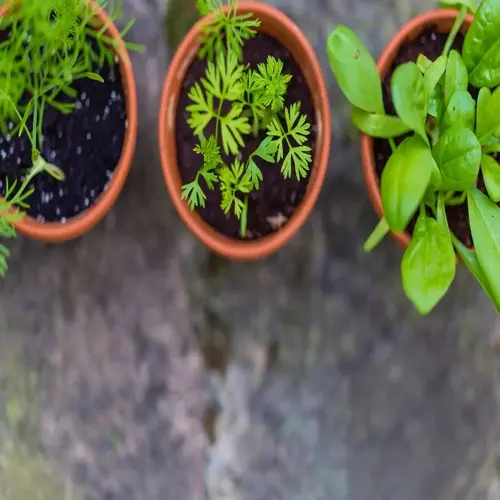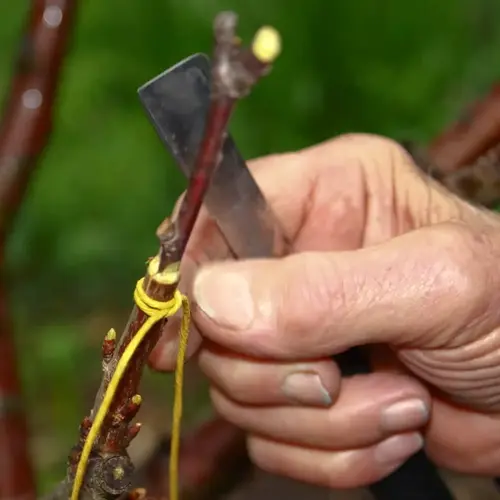How do you protect tulips from pests?

Written by
Liu Xiaohui
Reviewed by
Prof. Samuel Fitzgerald, Ph.D.The effective protection of tulips entails using specific control methods against various species of pests. Physical barriers are the most effective remedy against burrowing animals, such as voles. Offensive scents are the most effective deterrents against squirrels and deer. By using these means together, the law of self-preservation operates to the maximum in my flower garden.
Burrowing Pests
- Install wire mesh cages around planting areas
- Create 3-inch grit barrier below bulbs
- Plant in raised beds lined with hardware cloth
Above-Ground Threats
- Apply cayenne pepper spray weekly
- Install motion-activated sprinklers
- Use 8-foot fencing for deer exclusion
Correct application of physical barriers. Bury wire mesh at least 12 inches deep around beds. Use hardware cloth with 1/4-inch openings to exclude small rodents. I put these in before planting to avoid disturbing the bulbs, which would necessitate replanting.
Use scent deterrents smartly. Mix cayenne pepper with water, and spray the area surrounding the bulbs weekly. Place sachets of predator urine at the edges of the garden. I refresh these after a rainfall to sustain the strong repellent effect.
Integrate methods for maximum protection. Utilize mesh cages along grit barriers to restrict voles. Use fencing and scent deterrents to effectively control deer populations. I always monitor daily during peak pest seasons so I can make the necessary changes right away.
Read the full article: How to Plant Tulips Step by Step

